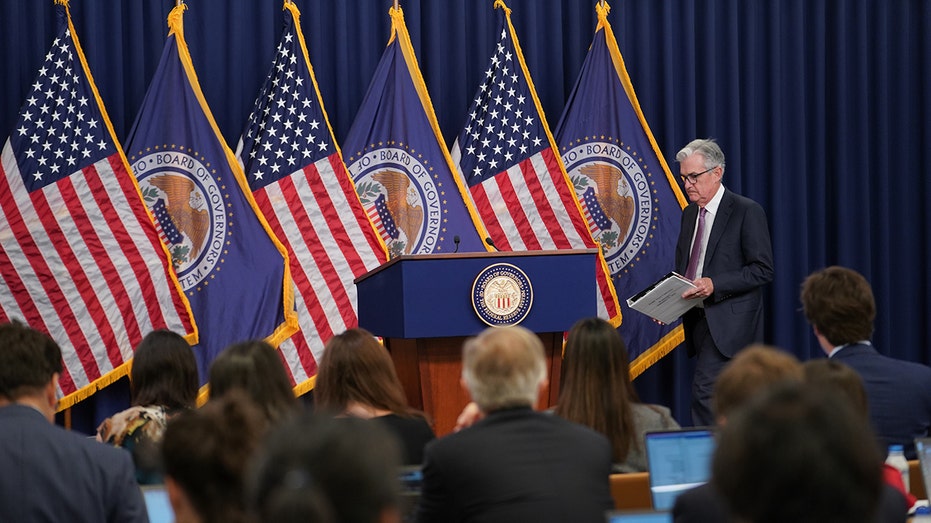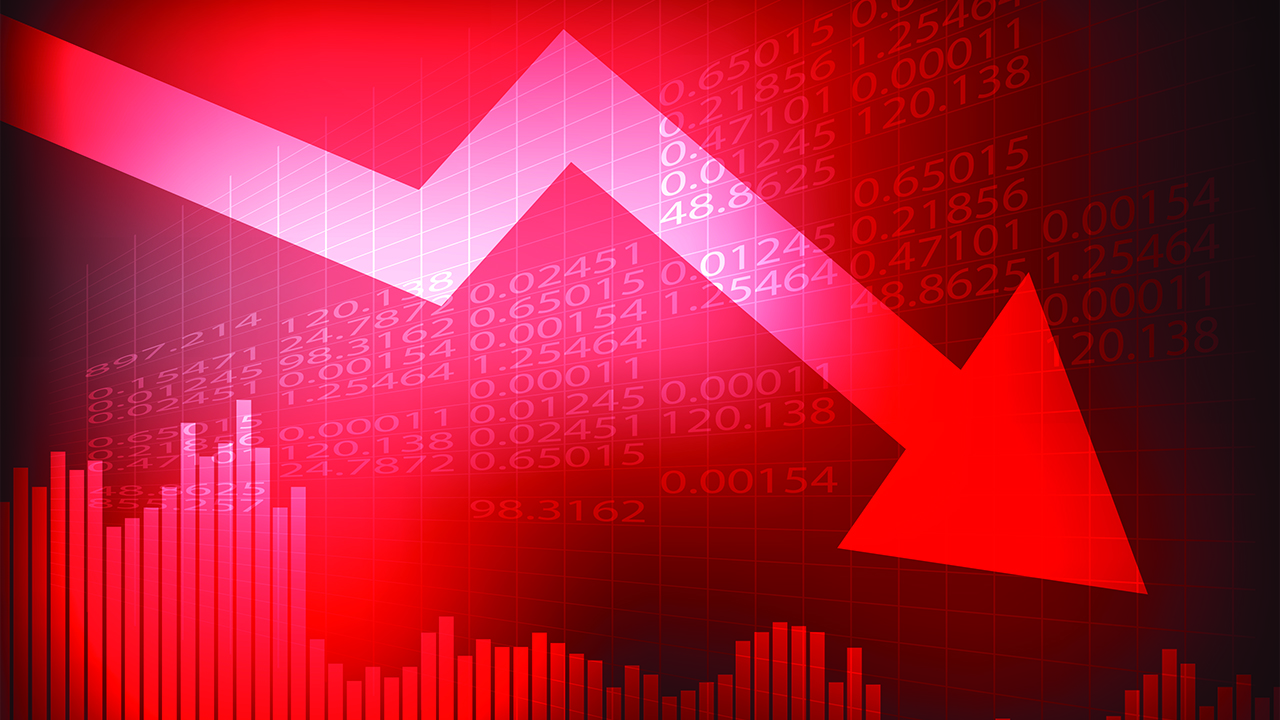US stocks are in 'death zone' and could sink 26%, Morgan Stanley warns
S&P 500 could sink further this year as Fed keeps rates high
Consumers 'don't realize' they are paying more than they should for stocks: Entwistle
Morgan Stanley Managing Director Kathy Entwistle and Strategic Wealth Partners CEO Mark Tepper discuss the January PPI release and the rise in home builder sentiment.
U.S. stocks have climbed to unsustainable highs and face imminent losses once investors realize there will be no Federal Reserve pivot later this year, according to Morgan Stanley strategists.
Michael Wilson, the chief U.S. equity strategist at Morgan Stanley and a longtime Wall Street bear, warned in an analyst note this week that the stock market has entered a level known as the "death zone" – the name used in mountaineering to describe an altitude so high that climbers do not have enough oxygen to breathe.
"Many fatalities in high-altitude mountaineering have been caused by the death zone, either directly through loss of vital functions or indirectly by wrong decisions made under stress or physical weakening that lead to accidents," Wilson wrote. "This is a perfect analogy for where equity investors find themselves today, and quite frankly, where they've been many times over the past decade."
INFLATION STILL OUTSTRIPPING WAGES IN MOST US CITIES
| Ticker | Security | Last | Change | Change % |
|---|---|---|---|---|
| I:DJI | DOW JONES AVERAGES | 49359.33 | -83.11 | -0.17% |
| I:COMP | NASDAQ COMPOSITE INDEX | 23515.387515 | -14.63 | -0.06% |
| SP500 | S&P 500 | 6940.01 | -4.46 | -0.06% |
He suggested the S&P 500 could tumble to 3,000 points within months, down about 26% from current levels.
"It’s time to head back to base camp before the next guide down in earnings," Wilson wrote.
The gloomy forecast comes after a brutal year for the stock market, its worst since the 2008 financial crisis. All three indexes tumbled in 2022, snapping a three-year win streak. The Dow Jones Industrial Average ended the year down 8.8%, the best of the three. The S&P 500 sank 19.4% while the tech-heavy Nasdaq Composite plunged 33.1%.
Stocks initially rallied in early 2023, although equities have lost some of that momentum amid rate-hike fears. As of Tuesday afternoon, the S&P is up about 4.5% from the start of the year but down about 3.55% from the previous week.

Wall Street suffered a brutal year in 2022. (John Taggart / Bloomberg via Getty Images / File / Getty Images)
FED'S BRAINARD EXPECTS INTEREST RATES TO REMAIN HIGH DESPITE RECENT INFLATION DECLINE
Wilson is not alone in his bearish outlook. Bank of America chief economist Michael Hartnett last week predicted that a "no landing" scenario in the first half of the year – where there is no immediate slowdown in growth but inflation remains above trend – could clobber stocks, sending the S&P down another 7%.
And JPMorgan strategist Mislav Matejka argued in a note this week that equities will not hit bottom until the Federal Reserve concludes its aggressive interest-rate hike campaign and starts cutting.
Federal Reserve policymakers already voted to raise interest rates eight consecutive times to a range of 4.5% to 4.75%, and they signaled last month that a "couple more" increases are on the table this year.

Federal Reserve Chairman Jerome Powell attends a news conference in Washington, D.C., on Sept. 21, 2022. (Sarah Silbiger / Bloomberg via Getty Images / Getty Images)
CLICK HERE TO READ MORE ON FOX BUSINESS
But a slew of hotter-than-expected economic data reports, including the blowout January jobs report and a disappointing inflation report that pointed to the pervasiveness of high consumer prices, has raised the specter of a higher peak rate.





















